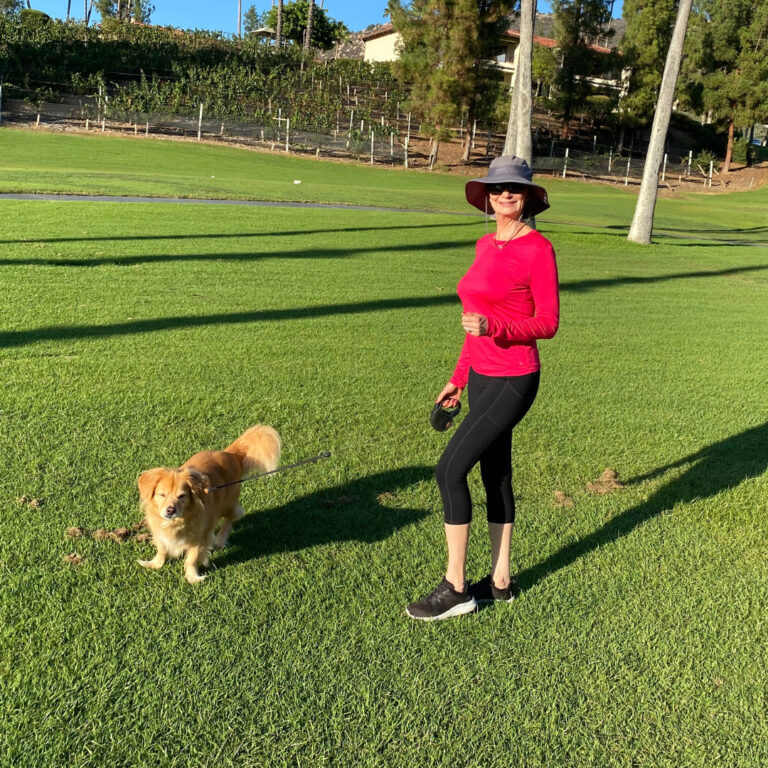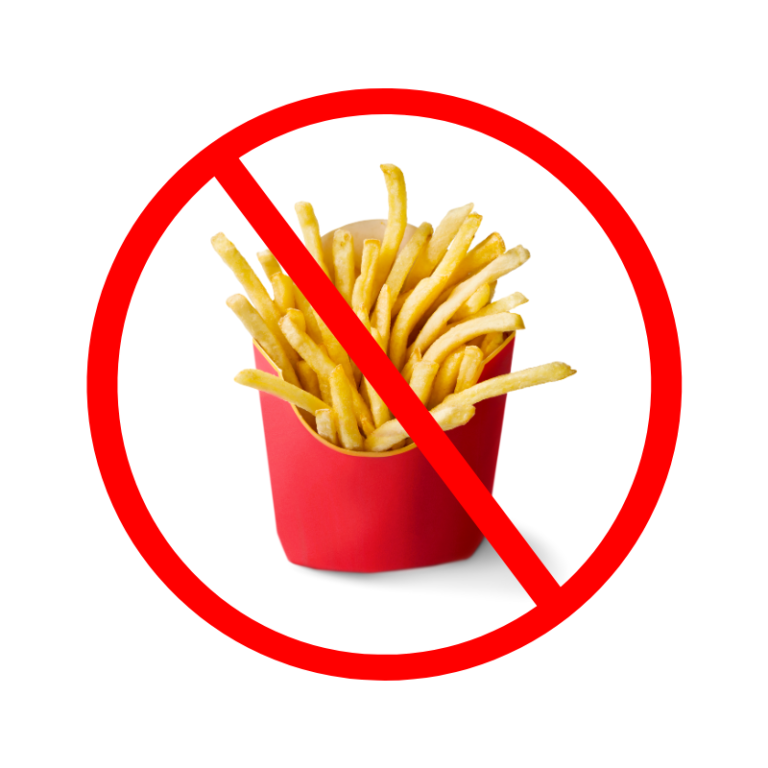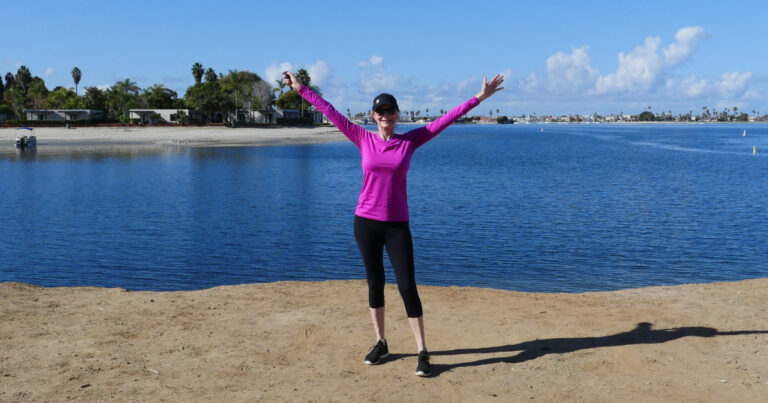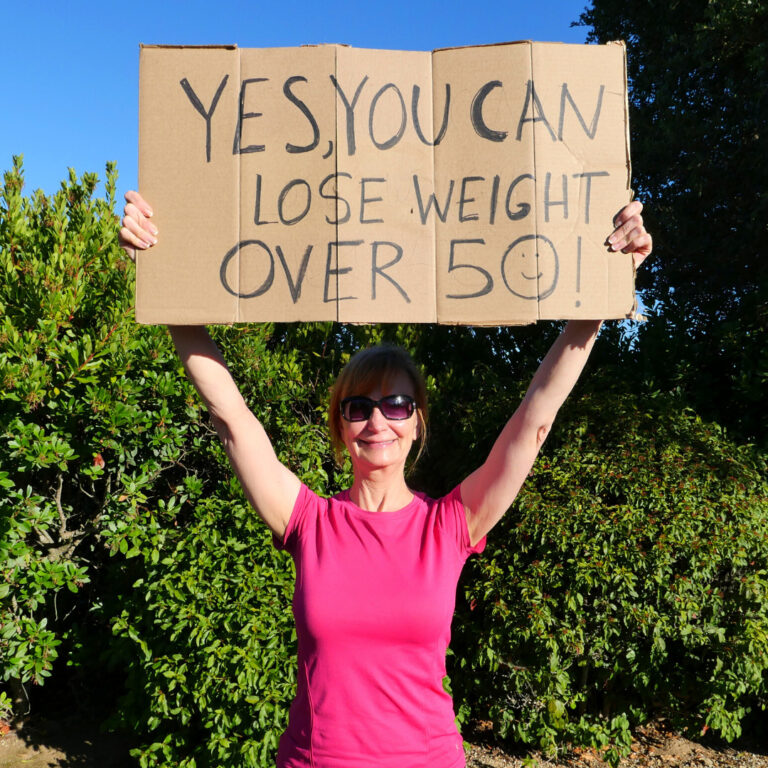Unleashing the Power Within: Building a Resilient Core for a Stronger You
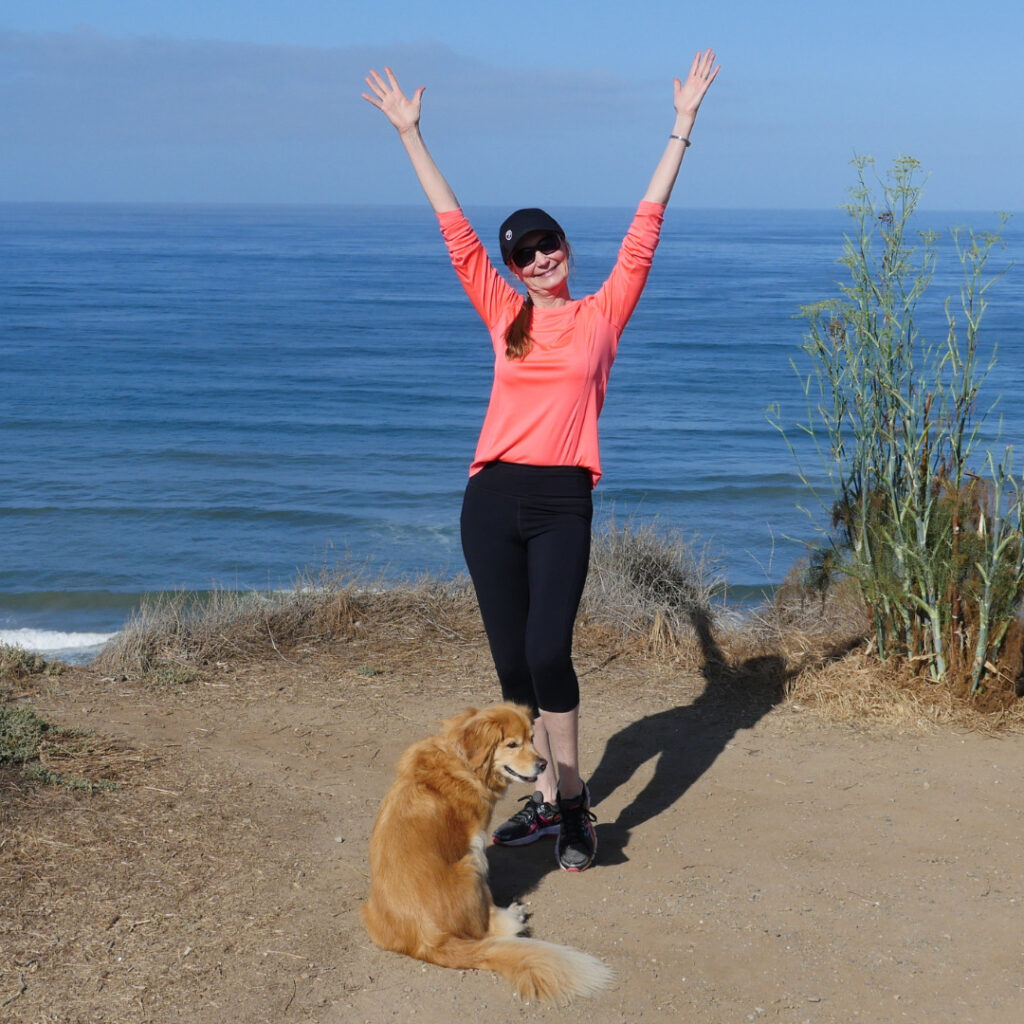
As I’m writing this, it’s been 3 months since I had a single mastectomy. I’m doing GREAT! Cancer is gone and now it’s all about healing.
Of course, I could not exercise the way I was used to for the last 3 months and with that came some painful and eye opening learnings.
About a month ago I took a trip to see my brother in Houston. I tried to pack lightly, and had my husband lift my suitcase as much as he could. But there were times I tried to do it all myself – that’s what I was used to. Then guess what, I threw my back out. It hurt so bad the day after we flew that I had trouble getting out of bed. Luckily they had a foam roller and I knew that if I got moving it would loosen up.
And I know exactly why my back went out…I had lost some of my core strength.
For the first time in my life, core exercise personally became all about being strong enough to do the things I love to do and not about flat abs!
Yes, many of us strive to get that six pack or just sculpt our abs a bit but having a strong core is so much more than looking good. Stay with me as I get to the “core” of why and how to do this.
WHAT IS THE CORE?
The core refers to a complex group of muscles that provide stability, support, and movement to the trunk of the body. If you were to put a barrel around your midsection, from your arm pits to your knee caps – that’s your core.
The primary muscles that make up the core include:
Rectus abdominis: Commonly referred to as the “abs,” this is the muscle group located in the front of the abdomen. It helps in flexing the spine and assists in movements like sit-ups and crunches.
Transverse abdominis: This is the deepest layer of abdominal muscles and wraps around the torso like a corset. It plays a significant role in stabilizing the spine and maintaining proper posture.
Internal and External obliques: These muscles are located on the sides of the abdomen and are responsible for rotating and bending the torso. They also assist in lateral flexion and contribute to core stability.
Multifidus: A group of small muscles that run along the spine, providing support and stability. They play a crucial role in maintaining proper spinal alignment and controlling spinal movements.
Erector spinae: This muscle group runs along the back of the spine and helps in extending the back, maintaining posture, and providing stability during activities like lifting and bending.
Diaphragm: Although primarily a respiratory muscle, the diaphragm is an important component of the core. It separates the chest cavity from the abdominal cavity and aids in breathing, while also contributing to core stability and posture.
Pelvic floor muscles: These muscles form a hammock-like structure at the bottom of the pelvis and support the organs within the pelvic region. They play a vital role in controlling urinary and bowel function and are also involved in core stability.
It’s important to note that the core is not limited to these specific muscles alone. Other muscles, such as the hip flexors, glutes, and even certain muscles in the chest and shoulders, can also contribute to core stability and function, depending on the specific movement or exercise being performed.
10 Benefits Of A Strong Core
Having stronger core muscles provides a wide range of benefits for your overall health, fitness, and daily life.
Here are some of the key benefits:
- Improved Posture: A strong core helps support proper alignment of the spine, which leads to better posture. Good posture reduces strain on the muscles and joints, alleviates back pain, and enhances overall body stability.
- Enhanced Stability and Balance: The core muscles, including the abdominal, back, and pelvic muscles, play a crucial role in maintaining stability and balance. A strong core provides a solid foundation for movements and activities, reducing the risk of falls and injuries.
- Increased Functional Strength: Core muscles are involved in almost every movement, from bending and lifting to twisting and reaching. (what I was trying to use when lifting my suitcase) A strong core improves your ability to perform everyday activities more efficiently and with less risk of strain or injury.
- Reduced Risk of Back Pain: Weak core muscles can contribute to poor spinal alignment and place additional stress on the back, leading to pain and discomfort. Strengthening your core can alleviate this strain, provide better support for your spine, and reduce the likelihood of back pain.
- Improved Athletic Performance: Many sports and physical activities require a strong core for optimal performance. A strong core improves stability, power transfer, and overall body control, helping you generate more force, maintain proper form, and excel in various athletic pursuits. Say great pickleball anyone?
- Better Breathing and Digestion: Strong core muscles assist in proper breathing mechanics by allowing the diaphragm to function efficiently. Moreover, a strong core supports the abdominal organs, promoting healthy digestion and preventing issues like acid reflux and constipation
- Injury Prevention: A strong core acts as a natural protective shield for your spine and surrounding muscles. By providing stability and absorbing impact, it reduces the risk of injuries during sports, physical work, or sudden movements.
- Improved Overall Fitness: A strong core is essential for a well-rounded fitness routine. It supports and enhances other exercises such as weightlifting, running, yoga, and Pilates, making them more effective and efficient.
- Enhanced Body Awareness: Strengthening your core improves your body awareness and proprioception, which is your ability to sense and control your body’s position in space. This increased awareness can enhance coordination and movement efficiency.
- Better Appearance: Strong core muscles help tone and define the abdominal region, leading to improved muscle definition and a flatter stomach. While I try not to emphasize exercising to look better any more, who doesn’t want a flatter belly?
To reap all of these benefits, it’s important to engage in a well-rounded exercise program that includes a good core workout 1- 2 times a week. Remember to consult with a fitness professional or healthcare provider before starting any new exercise regimen.
If you’re struggling to find a good core workout that’s designed for us women over 50 then you should check out all the ones I have in the Be Healthy Enough Digital Fitness Studio. I’ve been trained in Pilates and I know how to work around the aches and pains that creep in as we age. Try one or more FREE for 7 days. Click HERE to view my workout library first.

